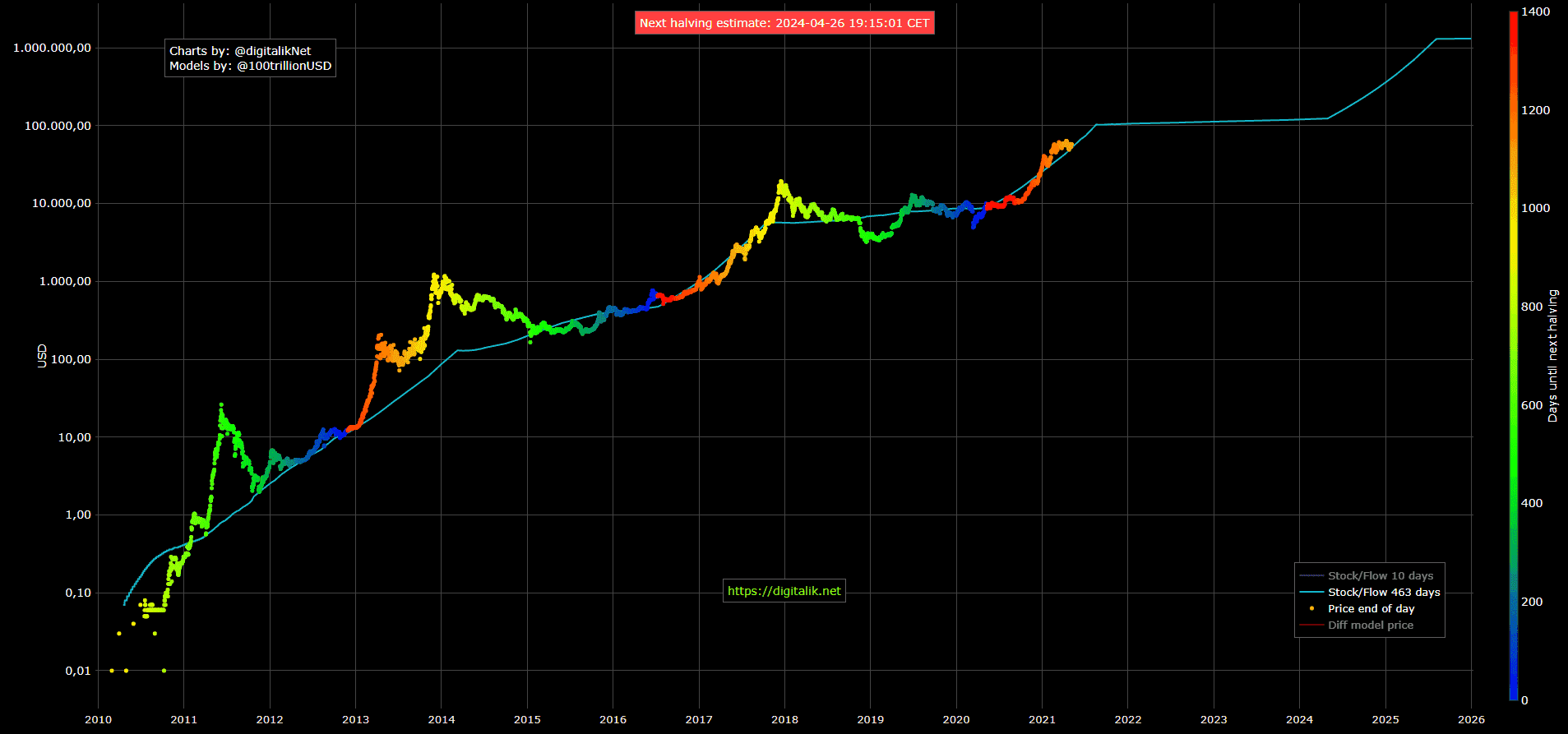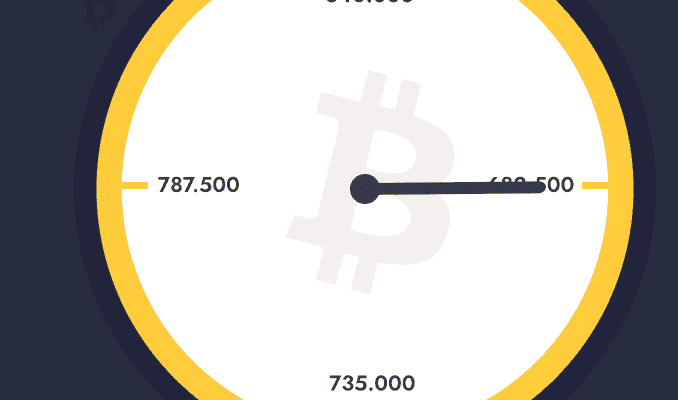After the halving is before the halving. This is what Bitcoin expects after the next halving of the block subsidy.
Hardly anything is so deeply anchored in Bitcoin’s source code as the halving of the block subsidy every four years. Because after exactly 210,000 blocks, the rate of inflation in the Bitcoin network drops drastically. This makes BTC a disinflationary currency; the supply remains inflationary because the bottom line is that it increases, but it is becoming increasingly smaller. In the year 2140, the growth in supply finally comes to a standstill.
Social tokens – the next big thing?
Investment trend: social tokens
Find out more in the leading magazine for blockchain and digital currencies
(Print and digital)
☑ 1st edition free of charge
☑ Over 70 pages of crypto insights every month
☑ Never miss out on investment opportunities
☑ Free postage to your home
To the crypto compass magazine
The Subsidy block was last halved in May 2020. A lot has happened since then: over 50,000 blocks have moved into the country, 89 percent of all BTC ever circulating are mined and the No. 1 cryptocurrency is in its third historic bull run. But after the halving is before the halving. Time to take a look back after Halving # 4.
What we can expect from Halving No. 4
The most important thing in advance: The exact date of the Bitcoin Halvings can only be estimated. After all, the Bitcoin source code only specifies the block height at which the consensus rules of the network will change. Next time this will be the case at block height 840,000. Based on an average block time of 10 minutes, the Bitcoin inflation rate should halve around March 2024 – almost exactly in three years.
Bitcoin’s declining inflation rate makes the asset arguably the hardest money in the world. Up to the upcoming halving, 986,350 BTC will come into the system by the editorial deadline, which will raise the supply to 19.68 million. In other words: even before the inflation rate halves the next time, 93.75 percent of all coins ever circulating are in the system.
With halving number 4, the inflation rate will then also fall below 1 percent pa for the first time. It is currently 1.77 percent, from March 2024 it will then only be 0.84 percent.
Learn crypto trading
The entry-level course for trading Bitcoin and digital currencies
4 hours video course with professional trader Robert Rother
Halvings typically fall into the consolidation phase after bear markets. If Bitcoin’s cyclical growth continues, it should be over for the time being with rising prices towards the end of this year. However, no one can reliably estimate how high the price will rise. Models such as the stock-to-flow model (S2F), which sees the halving events as an essential catalyst for price pumps, offer orientation. However, Hodler should not rely on the forecasts made by PlanB.
If you use the model as a template, however, it becomes undeniably bullish. Because even according to the “conservative” S2F model, the mean value of the next bull market is around 1.3 million US dollars per Bitcoin.



A falling block subsidy also means, however, falling income for the miners. In the future, this is likely to come at the expense of transaction fees – especially if more people use Bitcoin. Some of the on-chain fees are already higher than during the bull market in 2017.



Bitcoiners are increasingly placing their hopes on Lightning so that BTC can still be used for payments. A look at the growth of the channels shows that this hope is already bearing fruit.
